Picking colors for your kitchen is one of the most important decisions involved with remodeling your kitchen. The right color tones for your kitchen will keep the space bright, airy, and practical. However, there’s so much more to choosing a color palette for your kitchen than picking out a few paint colors at the hardware store.
You’ll need to carefully pick your appliances, light fixtures, and sink finishes to match the central visual focal points of the kitchen, such as the floor, cabinets, and countertops. To get the best color results for your kitchen, you’ll need to contact a kitchen design and planning company.
Choosing Between A Warm and Cool Color Palette
The colors of your kitchen are the primary determining factor in what the atmosphere of the space will look and feel like for you and for anyone coming over to your home. The first basic choice when picking colors for your kitchen is between a warmer or cooler palette. Warmer colors include all manner of red, orange, and yellow.
These colors close down the space considerably from a visual perspective, though not necessarily in a negative manner. Instead, the warmer color palette creates a cozy, comfortable appearance, with colors that more closely mimic warm natural light. Warmer colors are typically more vibrant but don’t necessarily stand out any more than cooler colors.
A cool color palette begins with colors like blue, white, and grey. The hues and shadows within a space with a cooler color palette are often darker and calmer. They collectively bring a clean, refreshed look to your indoor spaces, which is often fantastic for workspaces.
A cool color palette is particularly popular for minimalist kitchens because it gives the room a more spacious and drawn-out appearance. For this reason, this set of colors is often popular when designing smaller spaces to look slightly larger than they actually are. By choosing between a warmer or cooler palette for your kitchen, you’re essentially selecting a temperature for the space.
Begin With Kitchen Cabinets
In most kitchens, three elements occupy the majority of the room’s visual space: cabinets, countertops, and appliances, in that order. Because your kitchen cabinets likely occupy the most visual surface area in the kitchen, begin by selecting their color. Consider first their design style, including the complexity of the wood or metal’s exterior patterns. You should also pay attention to the prominence of the metal handles or fixtures on the cabinet.
Choosing a standout color for your cabinets sets the foundation for a kitchen with a stunning design. However, this doesn’t mean you should necessarily choose something far out. Overly bright colors are often jarring for someone entering the room, while darker colors often soak up too much of the light.
Whether you’re working with a lighter or darker color palette, make sure to pick a color that feels modern. Most traditional oak and cedarwood colors are considered outdated for cabinet design. You don’t necessarily have to pick something trendy for your kitchen cabinet color, but you should always choose something that’s timeless.
Kitchen Countertop Colors & Materials
After you’ve found a potential color for your kitchen cabinets, turn your attention towards the color of your countertops, with particular attention to the building materials or stone you plan to use. A white and grey marble countertop may be the popular designer choice, but it’s often overly expensive given how much time and money you’ll need to spend to maintain it. Quartz countertops, by comparison, are much easier to maintain and don’t have to be formally sealed. Quartz counters are also often available with a broader range of designs and colors than marble or granite.
Engineered stone countertops are also popular, though the price of these counters can vary greatly depending on quality. However, they provide homeowners the opportunity to choose more dramatic colors, apart from typical stone colors. Granite countertops are also popular, though they are often inflexible when it comes to color, and are often darker than may fit with your choice of cabinet colors.
Granite countertops are durable but more challenging to maintain, requiring frequent sealing and consistent cleaning. A granite countertop’s cost per square footage is almost always less than engineered stone and marble and usually runs close to $50 per square foot.
No matter which countertop you’re choosing to work with, you’ll want to pick a material with natural color. Brighter colors for countertops might be trendy, but have a harder time adjusting to the shifts in natural light within your space.
Appliances & Fixtures
The refrigerator, dishwasher, and stove are the next significant elements occupying the kitchen’s visual space. Stainless steel is undoubtedly the most popular choice for these items because it’s the default color for most of these appliances. However, stainless steel works significantly better for cooler color palettes than warmer ones.
Copper and bronze finishes apply well with warmer colors, while matte black works well in various color settings. By most modern kitchen design principles, the colors of sink finishes match the colors of the handles on the kitchen’s cabinets and drawers. For darker blue colors, gold is a popular choice for these finishes. For grey and white, stainless steel is always a solid choice.
Lighting
No matter which colors you choose to work with for your kitchen, the presence of natural light within this space is essential for setting up a comfortable working environment. The darker your color palette, the more important it is to get as much natural light as possible into the kitchen. While lighter colors still work well with an abundance of natural light, they also accommodate lighting limits.
For a remodeling project, you might want to consider how natural light enters your space and if there are any opportunities to expand its presence. Larger windows are fantastic, but only if you have the room. Many homeowners opt for skylights instead to activate the color palette of their kitchen.
Once you’ve found the right cabinet, countertop, and appliance colors, you can begin planning for smaller color choices, such as backsplash tiles or surfaces requiring ordinary paint. The right color palette goes a long way in making a new remodeling project a successful modernization for your home.

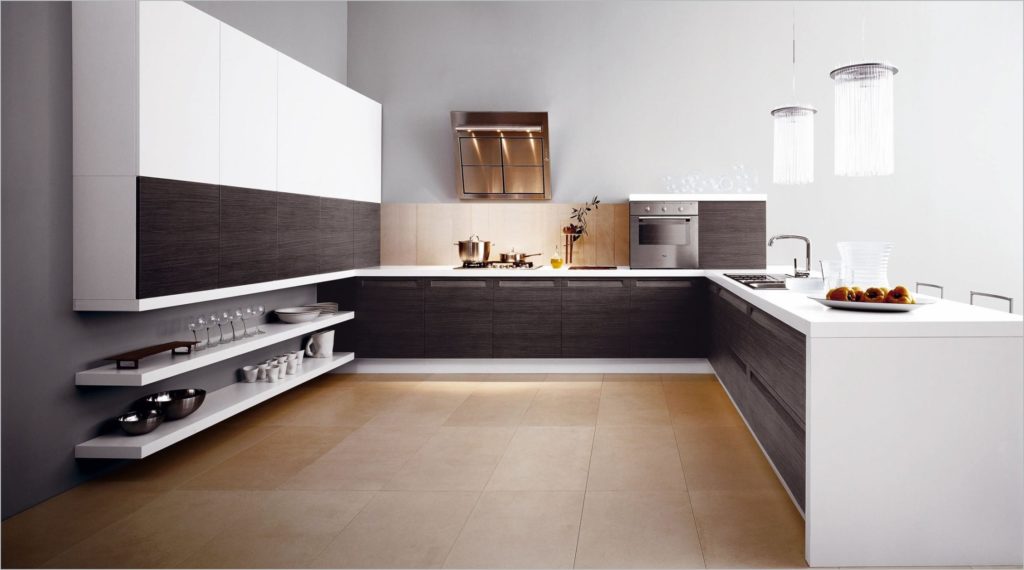
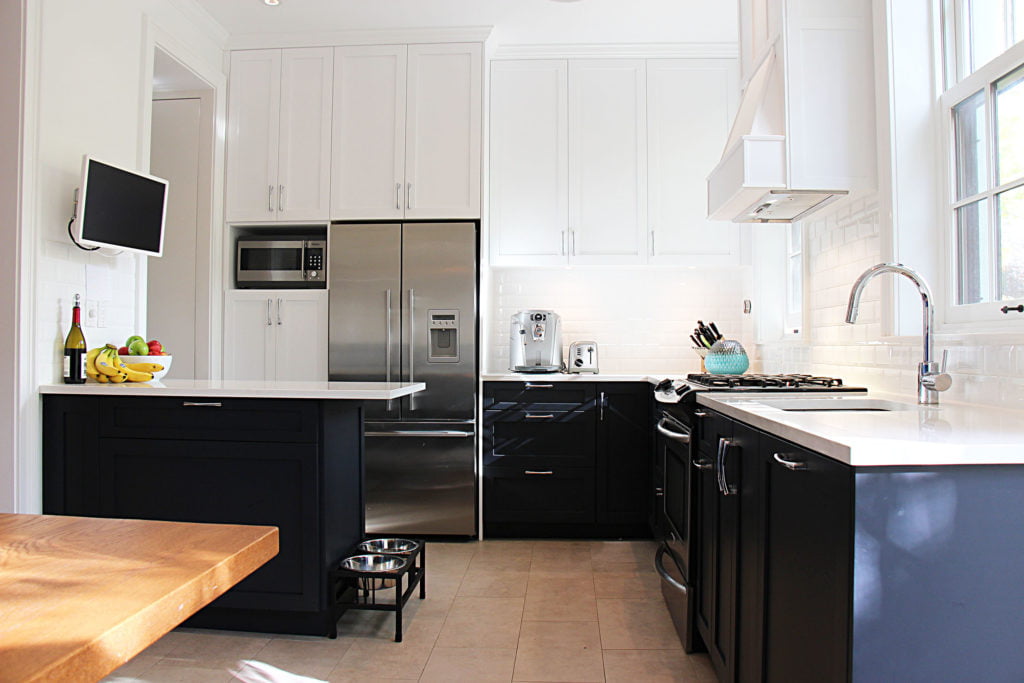
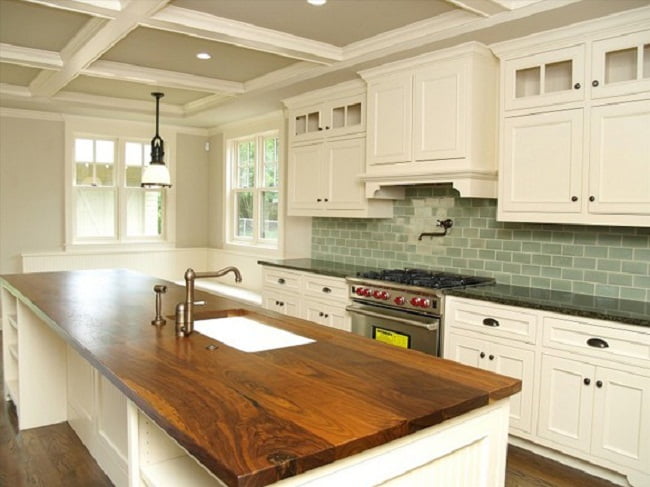
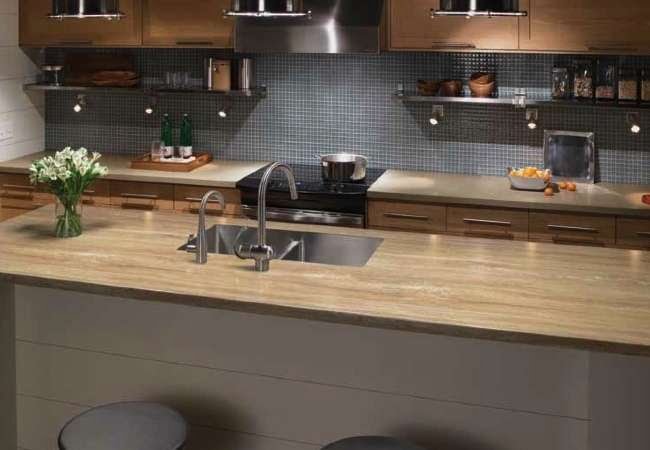
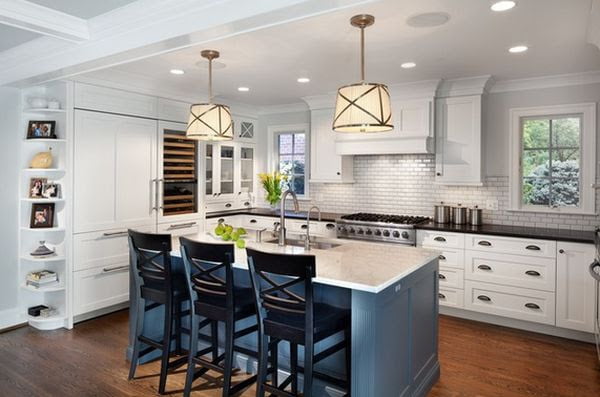






Leave a Comment
You must be logged in to post a comment.